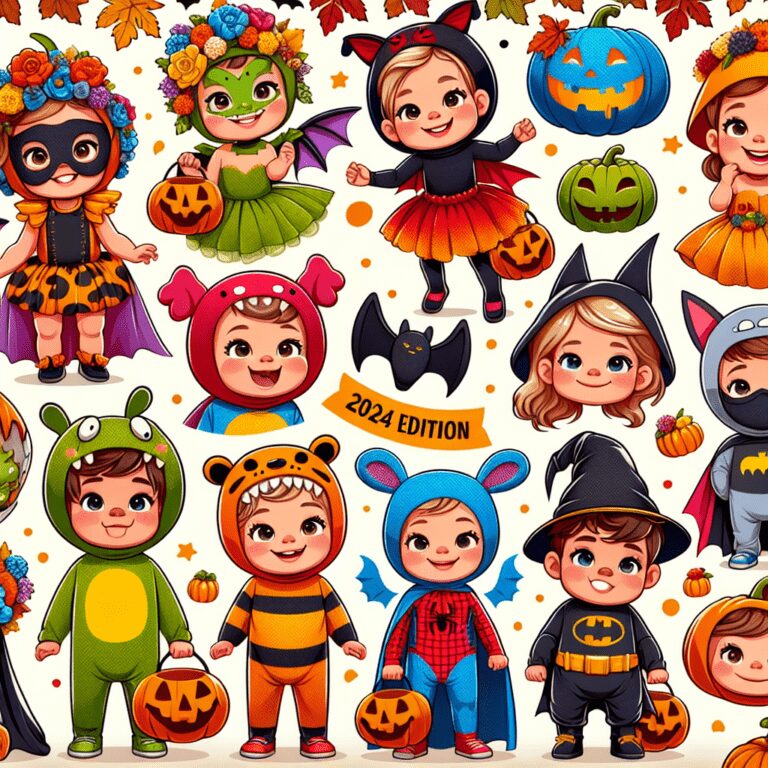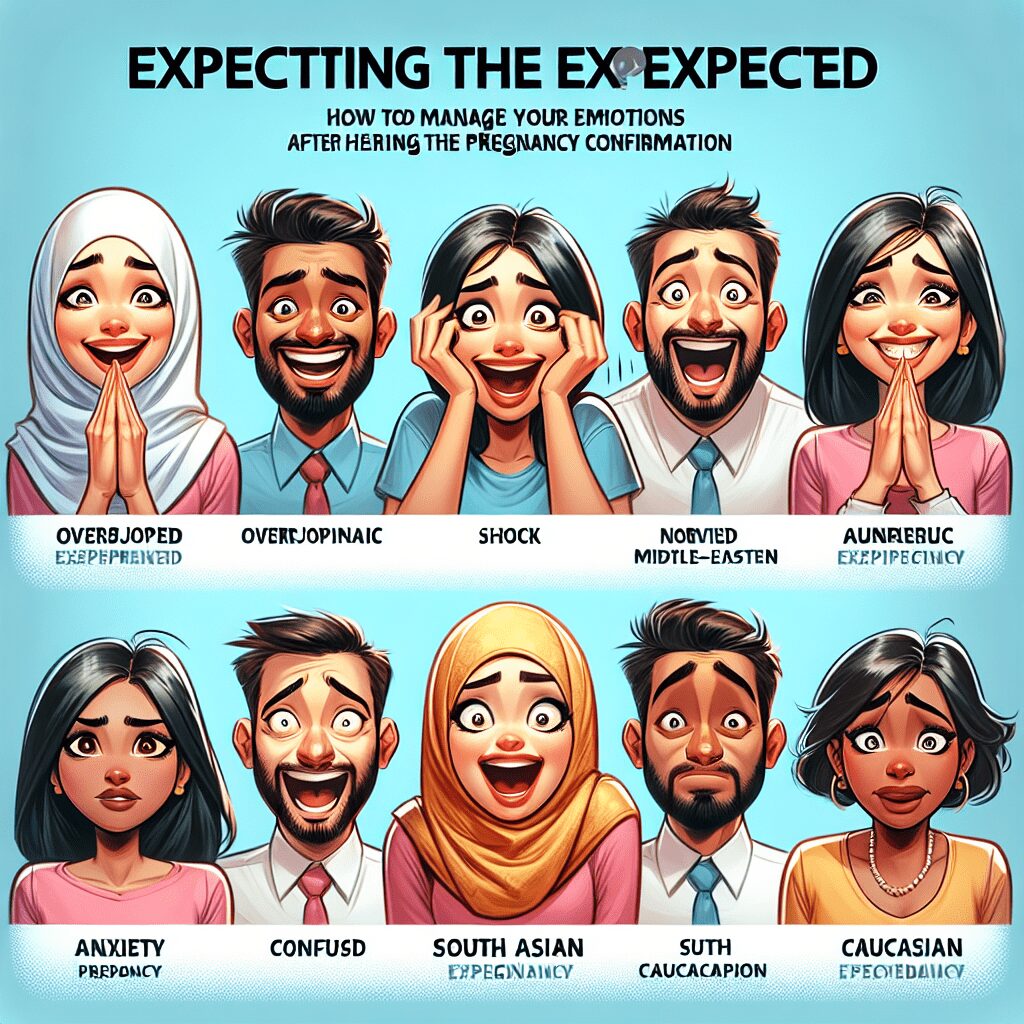As a seasoned parent, I often find myself reflecting on that unique blend of excitement and trepidation that Halloween brings, particularly when it comes to teaching our little ones about safety. The thrill of dressing up, collecting candy, and exploring the neighborhood is magical, yet it’s essential to weave in important lessons about stranger danger. With experience guiding me, I want to share practical, optimistic approaches to help you navigate these conversations.
The Thrill of Halloween Safety
Every Halloween, the anticipation builds. Little ghosts and goblins prepare for an evening of fun, but amidst all the joy, safety should always be our top priority. It’s our role as caregivers to ensure children understand the basics of stranger danger without instilling fear. Here are some ways to approach this topic:
-
Open Discussions: Create a comfortable environment for discussions. Use storytelling to illustrate what safe and unsafe situations look like. Books and fairy tales can be excellent starting points, as they depict various characters and scenarios.
-
Practice Scenarios: Turn safety lessons into games. Role-playing can be an effective way to simulate different situations. For example, act out scenarios where someone offers candy or asks them to come closer. Let your child practice saying “no” and walking away confidently, while you reinforce positive behaviors.
- Identify Trusted Adults: Help your toddler recognize trusted adults in their surroundings, like police officers, security guards, or familiar neighbors. Creating a “safety circle” can be beneficial; this is a list of adults they can approach if they feel unsafe.
Crafting a Safety Plan
Designing a comprehensive safety plan can transform anxiety into empowerment. It’s about giving your child the tools they need to feel secure without limiting their excitement.
-
Buddy System: Encourage your child to stay close to a trusted adult or a group. Remind them that it’s safer to travel in pairs or groups rather than solo.
-
Set Boundaries: Make clear rules about how far they can go while trick-or-treating. Finding familiar streets or just visiting houses of friends or family builds confidence.
- Practice Communication: Ensure your child knows their full name, your phone number, and your address. You can make a fun jingle or a song out of it to help them memorize.
Creative Halloween Safety Reminders
Let’s turn safety reminders into festive fun. Here are unique ideas to help keep safety top-of-mind while not dampening the holiday spirit:
-
Costume Caution: Choose Costumes that are bright and visible at night. Reflective tape can double as a decoration and a safety feature.
-
Candy Check: Set a tradition around checking all collected candy together. Make it exciting as you inspect for unwrapped items or suspicious packages, turning this into a bonding experience.
- Glow Sticks: Use glow sticks or LED accessories to enhance visibility in the dark. They not only add to the costume flair but also help in spotting your child from a distance.
Emphasizing Positivity
The goal is to foster a sense of security, not paralyzing fear. Create a narrative around safety as a part of your family traditions.
-
Talk about Safety During Crafts: Use arts and crafts to visually represent concepts—draw pictures about safety rules or create posters of trusted adults.
-
Share Stories: Use age-appropriate tales about friendly monsters who help children stay safe. This makes the information more relatable and captivating.
- Encourage Confidence: Positive reinforcement is key. Celebrate their ability to recognize safe versus unsafe situations, no matter how small their achievement may seem.
FAQ Section
Q: How young should I start teaching about stranger danger?
A: Start as early as 3 years old, incorporating simple messages during play and daily routines.
Q: What should I say if my child hears someone offer them candy?
A: Teach them to politely refuse and walk away. Reinforce that no stranger should engage them alone.
Q: Should I use scary language when discussing safety?
A: Avoid using fear-based language. Instead, keep it light and focus on empowerment and recognition.
Q: How do I balance teaching safety and keeping Halloween fun?
A: Frame the conversation around being smart and prepared instead of fearful. Use positive reinforcement and fun activities to teach safety.
Q: What if my child is too scared to venture out on Halloween?
A: Comfort them by creating a safer environment, perhaps by sticking to familiar neighborhoods. If needed, organize small gatherings with trusted friends before hitting the streets.
Halloween can be a wonderful, joyous time. By fostering open communication, playing games, and creating safety measures, we prepare our little ones to enjoy the thrill of the night safely. Embrace the spirit of Halloween with confidence and positivity—together, we can ensure it’s a memorable experience for all.
Disclaimer: As an Amazon Associate, I earn from qualifying purchases. I may earn a commission from qualifying purchases as an affiliate. Please note that I only recommend products I believe will provide value to my readers.









